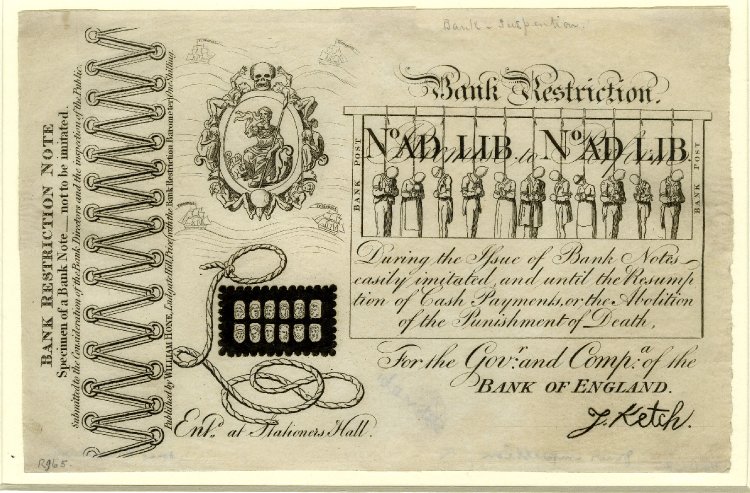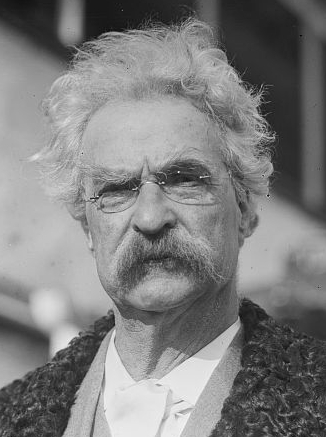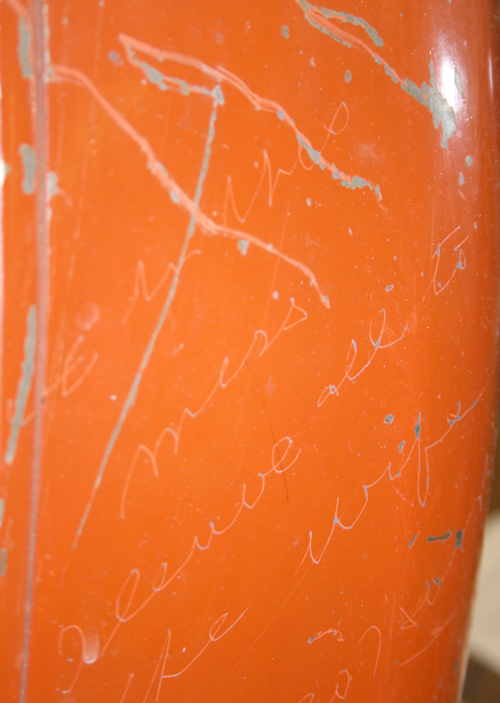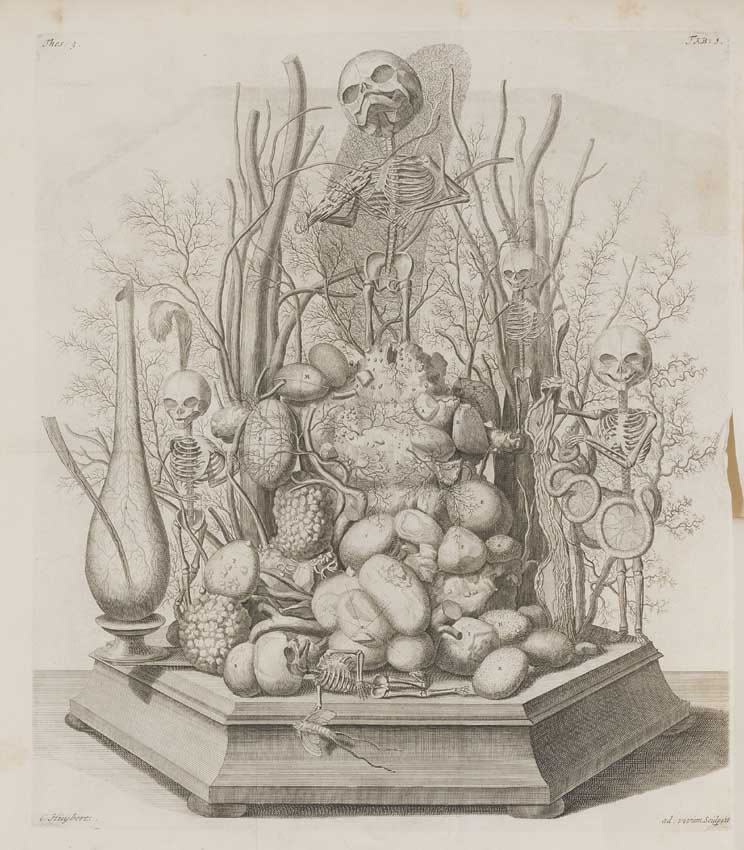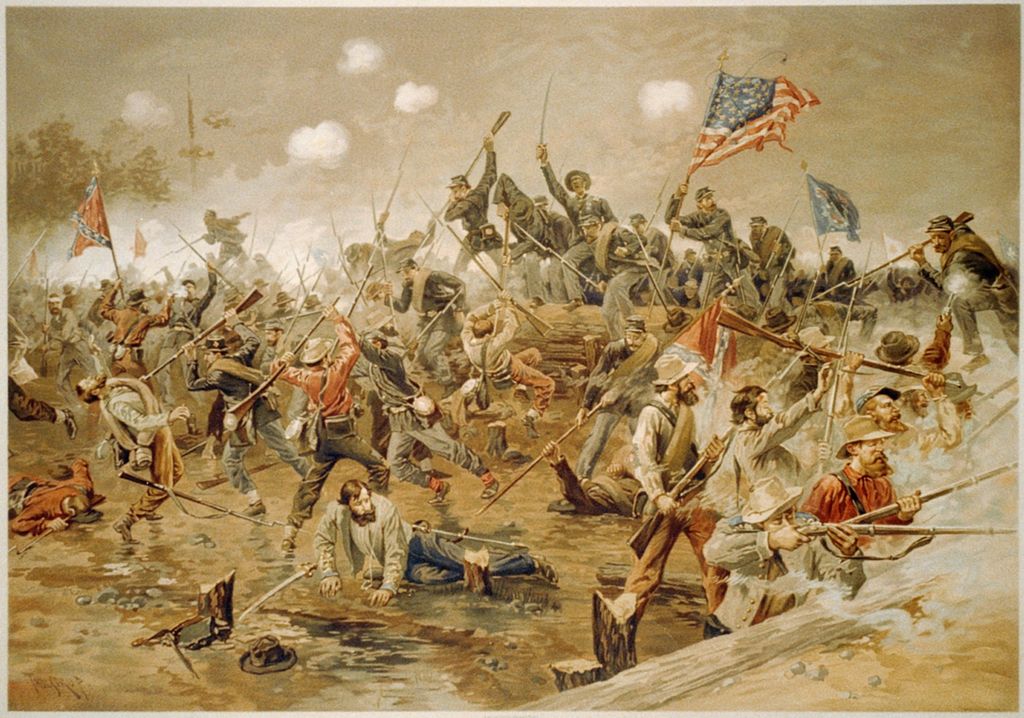
Inventor Robert Barrows thought up a high-tech memorial in 2005: a hollowed-out headstone equipped with a weatherproofed computer monitor.
“I envision being able to walk through a cemetery using a remote control, clicking on graves and what all the people buried there have to say,” he told the Wall Street Journal. “They can say all the things they didn’t have the opportunity or guts to say when they were alive.”
He estimated that a “video-enhanced grave marker” might add $4,000 to the cost of a high-end $4,000 tombstone. If they really take off we’ll need wireless headsets to keep down the racket at the cemetery:

05/09/2017 They’re already doing this in Slovenia. (Thanks, Dan.)


